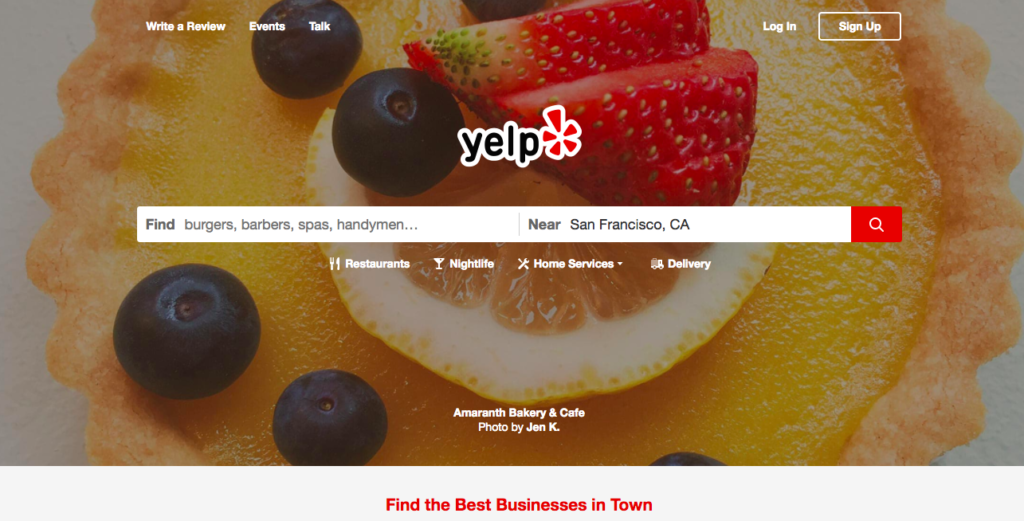
Many small businesses and marketers avoid implementing SEO because they’re working on a tight budget. But while it is true that expert SEO is costly, there are a few simple things to help you run SEO on a budget. Note: even though budget SEO is an affordable way to boost your site’s rankings, it does require plenty of time and patience.
What Does Bootstrapping Mean for SEO on a Budget?
The good news is that SEO is not so dependable on funding like, say, social media marketing. And no matter how sophisticated it might look to amateurs, it is not rocket science either.
Bootstrapping is also known as DIY SEO or budget SEO. It is intended for those who can’t afford to hire an SEO specialist and want to do SEO by themselves. So, if you don’t have a ton of money to spend but still want to rank high on search engines, SEO on a budget is just what you’re looking for.
It’s worth noting that budget SEO does require basic SEO knowledge. Also, arm yourself with lots of patience – DIY SEO will produce good results only after you have invested a great deal of effort and time.
Basic Keyword Research vs. Long-Tail Keywords
Keyword research remains at the core of every SEO strategy. Everything you do later on will depend on your keywords, from anchor texts to blog posts. There are two types of keywords – general and long-tail. Try to identify a few strong keywords that are relevant to your business, but also easy to rank for.
When it comes to SEO on a budget, it is best to focus on long-tail keywords, i.e. words or phrases that are specific to your potential customer’s needs. For example, if you run a hotel in Rome, the general keyword would be ‘hotel in Rome’, whereas one possible long-tail keyword is ‘hotel near the Colosseum’. This way you drive targeted traffic, i.e. people who are interested in booking a room in your hotel.
To find long-tail keywords, use tools like WordStream’s. Just type the word you want to research and you’ll get a list of top 10 most popular long-tail keywords.
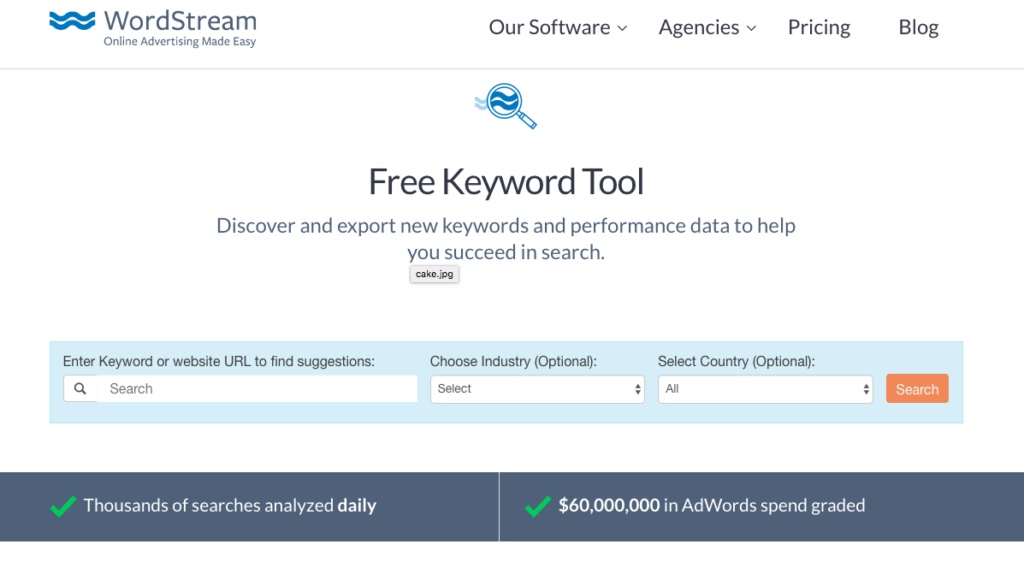
Incorporating Keywords
Once you find the perfect keyword(s), the next step is to incorporate them into your site. The key points for placing your keywords should be page URLs, titles, and the content on your site. However, always bear in mind not to overuse the selected keywords in the content.
If you’re uncertain, start small – use the keyword in the title, headers, and once or twice in the first paragraph. Try to use your long-tail keywords as well. If it seems impossible to write blog posts around them, create specific pages for your long-tail keywords.
Publish New Content Regularly
Each time you add new content, search engine bots come to your website and analyze it. This increases your chances to get a better ranking, but also allows real-life users to find your business on search engines.
What if you’re not good with words? You might not be a professional writer, but you are a professional in your niche and know all there is to know about your business. Add a blog section on your site and start writing ‘how-to’ articles that contain small paragraphs with basic info. Try to write about 400-500 words for starters. Later, when you feel more confident, you can write longer pieces of content.
However, simply adding any type of content is not enough to boost your site’s rankings. There are a few key rules you need to follow in order to ‘please’ the search engine crawlers. Make sure a) your content is not copied, b) it is high quality, c) it is well-formatted, and d) offers value to your users. If you’re patient enough to post this type of content continuously, search engine bots will start regarding your site as credible & valuable and ‘reward’ you by boosting your rankings.
Publish Guest Blogs
Besides writing for your own blog, you can also connect with other businesses in your niche. Check their websites and contact their editors or fellow bloggers via e-mail. Guest posting is a great way to get inbound links organically. It also allows you to build your brands authority and reputation.
Bear in mind that guest posting is a process where you will get quite a lot of rejections before being published. The more established a website is, the harder it is to get published on it. Editors are oftentimes swamped with emails from people who, like you, seek guest posting opportunities.
It helps if your guest post pitches are personalized – instead of sending a generic letter to all editors, make sure you know their first (or last) name and mention some of their past works in the e-mail.
Write for Social Hubs
“A content hub is a set of content organized around a specific topic”. Popular content hubs such as Hubpages rank much better on Google than a recently established blog (like yours). This makes social hubs a great way to drive traffic and high-quality links.
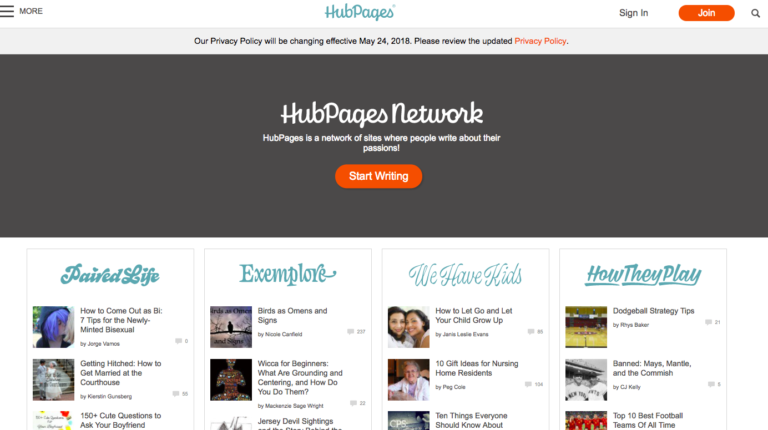
In addition, content hubs have social buttons that allow instant sharing on social media. They also provide analysis reports on each of your posts, which can serve as a guideline for the type of content you should post in the future.
If you decide this to be one of your budget SEO strategies, focus on writing useful articles, tips, and how-to’s, then post them across several relevant social hubs.
Build Links
Link building remains one of the most important SEO strategies. The more websites link back to your website, the more your reputation increases. This, in the long run, means a higher rank on search engines.
But how do you get websites to link back to you? Paid link building is one of the fastest options but it is…well, it’s paid. But besides being costly, paid link building has one more downside – it is forbidden and can get you banned from search engines.
Organic link building is harder and takes more time but it is safe and free of charge. Besides guest posting, other ways to get inbound links quickly is getting local exposure. Start by posting on business directories, local newspapers, yellow pags, and chambers of commerce.
If you’re doing SEO on a budget, another good idea is to optimize your Google My Business page and list your business on crowd-sourced sites such as Yelp and Foursquare. Make sure that the info you’re sharing is thorough and accurate. Add some photos and don’t forget to incorporate your selected keywords in the description.
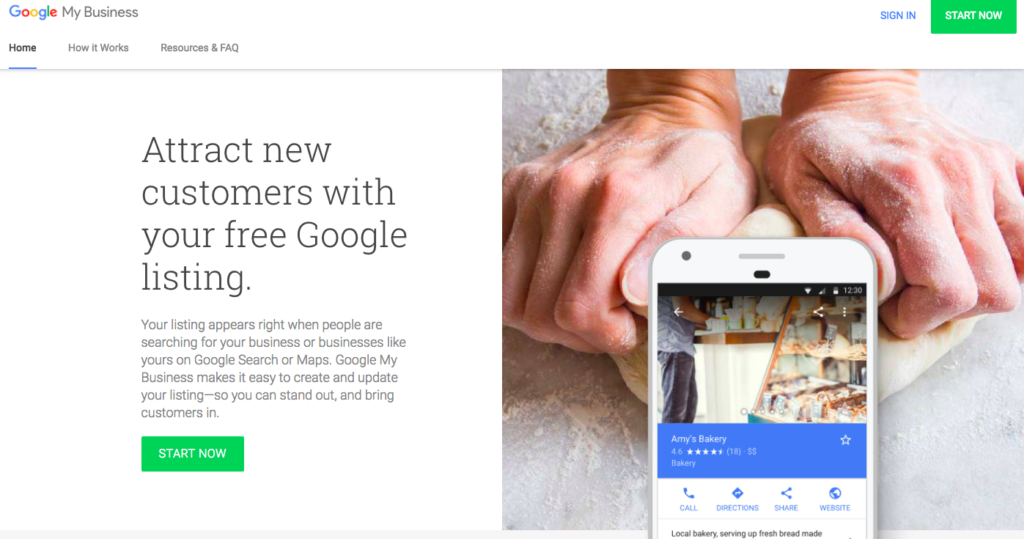
Share on Social Media
Take some time to share links to your blog on social media channels. If this looks like something you don’t have time to do, there are some great tools like HootSuite that can help you manage your social media activities.
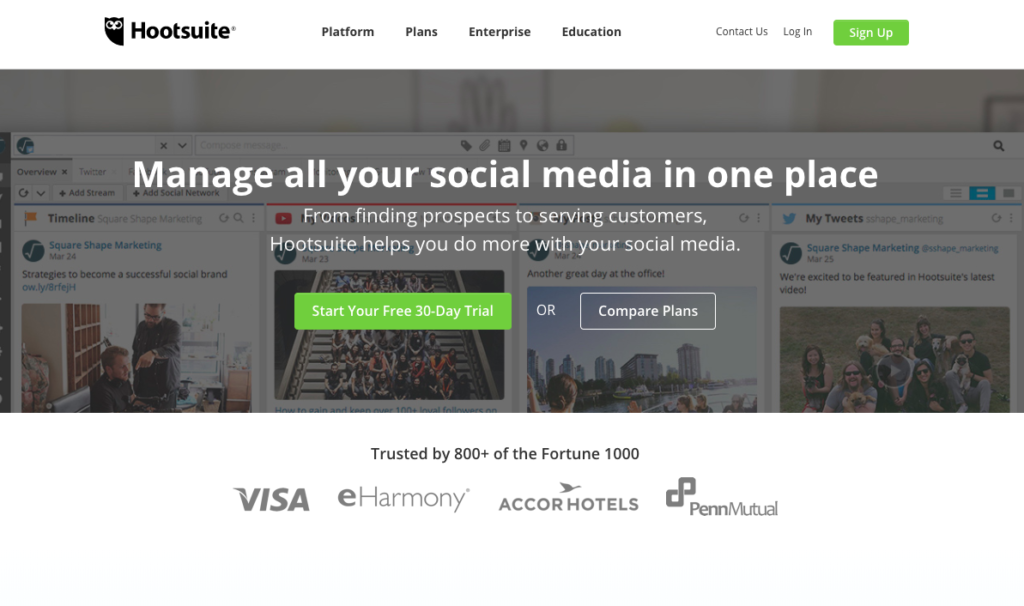
Sharing other people’s content is also a great way to keep your social media channels active, especially at the beginning of your SEO campaign. If you have just started a blog and don’t have enough original content to share, do some browsing. Find interesting articles that are relevant to your niche and post them on your social media channels like Facebook, LinkedIn, Twitter, etc.
By doing this, you not only add substance and value, but you can also see what your competitors are doing and get some ideas for your own blog.
Outsourcing SEO
When trying to do SEO on a budget, a solution that is halfway between employing an SEO expert full-time and doing it all by yourself is outsourcing.
Outsourcing an SEO agency is not free of charge but it is much cheaper than employing someone full-time. In addition, it is flexible; if you run out of money, you can simply end your cooperation with the agency or adjust the amount of money you’re paying them. The main benefit is that this will save you plenty of time and, as we all know, time is money.
In Conclusion
Great SEO is a long and laborious task, not only when you’re on a tight budget. Even if you had unlimited funding, you’d still have to work continuously in order to get better rankings. If you feel tempted to use black hat SEO tactics, give it up. You might rank high for a week or so and then suddenly get banned for good! Be patient and results will eventually come.



